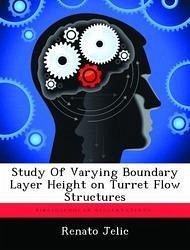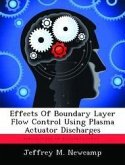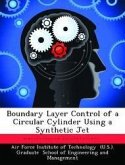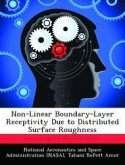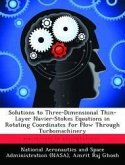The Air Force Institute of Technology and the Air Force Research Labs are investigating flows over turrets which are commonly encountered in directed energy integrations with air vehicles. In this work, the computational study was performed using the NASA developed time-marching finite volume code OVERFLOW 2.2 to analyze the effect of boundary layer height on symmetrical and non-symmetrical turret geometries. The effects of aerodynamics yield to the aberration of the laser beam through two methods, aero-optical and aero-mechanical jitter. The analysis of the flow features, pressure fluctuations, density fluctuations, and forces and moments on the various geometries was conducted to predict the impact on the beam quality at low subsonic and transonic speeds. The two flight conditions referred to as low-slow" and high-fast" where the low-slow" flight condition was computed with Mach number of 0.45, Reynolds number of 157,697 per inch (1.892 x 106 per foot), and an altitude of 18,000 feet. The second flight condition referred to as high-fast" was set to Mach number of 0.85, Reynolds number of 238,376 per inch (2.86 x 106 per foot), and an altitude of 25,000 feet. The parametric study set up led to 24 cases for comparison of various boundary layer heights between the submerged and exposed turret geometries. The study of flow features indicated that an increase in boundary layer delays the separation and yields to a reduction in the aero-mechanical and aero-optical jitter. For the study of aero-mechanical jitter the pressure fluctuations on the surface of the turret and the flat plate were analyzed to show that an increase in boundary layer reduces the pressure fluctuations in the wake of the geometry.
Hinweis: Dieser Artikel kann nur an eine deutsche Lieferadresse ausgeliefert werden.
Hinweis: Dieser Artikel kann nur an eine deutsche Lieferadresse ausgeliefert werden.

